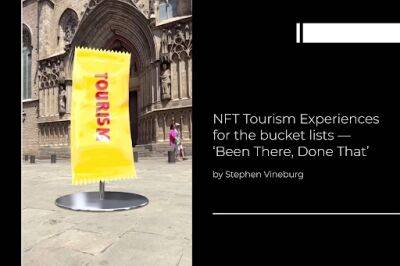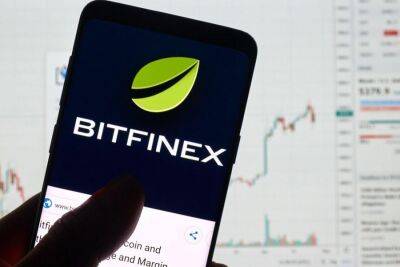How to find your NFT's metadata?
Individually identifiable digital representations of blockchain-based tangible or intangible objects called nonfungible tokens (NFTs) are not typically divided into smaller parts. Instead, structured metadata related to actual or virtual things is represented by NFTs. Often, the tokens are not connected to the objects and serve as distinct identifiers, advancing the interoperable commercialization of the physical or digital items, according to their proponents.
Hashes of files or other data were added to the Bitcoin blockchain in 2012 or 2013 to demonstrate their existence or legitimacy at a particular moment. This development served as the foundation for creating "Colored Coins," uniquely identified tokens, which are recognized by adding metadata to Bitcoin transactions.
Related: Fungible vs nonfungible tokens: What is the difference?
So, what is this metadata and how is it generated? In this article, we will explore these questions and also deep dive into how you can retrieve metadata of the NFT from the contract; how you read NFT files; and how you can view the metadata of any NFT.
An NFT's name, description and any other details that its author deems significant are all described in its metadata, which is data that provides information about other data. In addition, the images and other "primary" digital assets that give an NFT its value are frequently linked to an NFT's metadata.
The critical question that confuses people regarding NFT metadata is the exact location of NFTs that are stored off-chain—is it anything like Amazon Web Services or Google Drive? Also, who oversees the online storage of NFT metadata?
Therefore, metadata must be in a format that marketplaces can comprehend since NFT marketplaces employ metadata
Read more on cointelegraph.com












